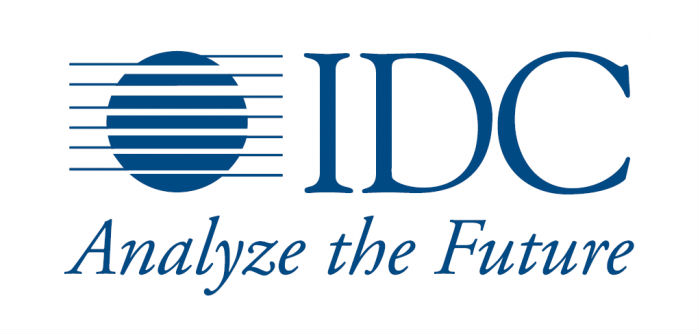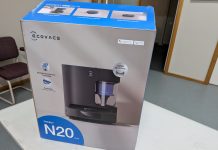
According to the latest report from market research, analysis and advisory firm International Data Corporation, otherwise known as IDC, Chinese smartphone maker Oppo has come in at number 4 in their latest figures.
The climb shows a climb of over 150% year-over-year, built on declines in market share from companies like Apple who retain the number 2 spot, as well as Samsung who though they remain in the number one position also saw a decline. Third place vendor is another Chinese vendor, Huawei who saw solid growth year-over-year, but it’s the meteoric rise of Oppo which seems to have sparked interest.
To achieve the result, Oppo managed to move 50 million smartphones last year, leading to the report of solid growth. This growth has been based off strong showings both at home in China as well in other markets such as Europe, as well as here in Australia.
Oppo has been aggressively building brand awareness in Australia since they launched here in 2014, partnering with progressively more prominent retailers and carriers until they finally launched devices with Optus. Oppo also announced a new partnership with national electronics chain JB HiFi this week, which will see the chain carry both phones and accessories in their over 200 retail locations across Australia.
OPPO Australia, CMO, Michael Tran believes recent developments such as the JB HiFi deal will mean OPPO can follow the global trend, locally.
What’s interesting about the research is that the size of the market has remained relatively stable but OPPO’s market share has more than doubled. Locally we’ve just secured a national retail agreement with JB Hi-Fi and will soon be introducing the R9, so we’re confident of growing market share locally.
Oppo is launching the Oppo R9 here in Australia on May 9th for $599, other phones and accessories will be available at the same time.
Rounding out the table is a third Chinese smartphone vendor, Vivo, who saw similarly high growth year-over-year. Vivo had a fairly high profile win recently with phones being featured in new release movie Captain America: Civil War – it’s a bit of a change from the prominent Samsung showcase we saw in Avengers: Age of Ultron.
Of course with new entries in the table the question is which ones have been ousted? Well, in this case it’s two other Chinese vendors with Xiaomi and Lenovo both exiting the top 5. The full table for this year looks like this:
Top Five Smartphone Vendors, Shipments, Market Share and Year-Over-Year Growth, Q1 2016 Preliminary Data (Units in Millions) | |||||
Vendor | 1Q16 Shipment Volumes | 1Q16 Market Share | 1Q15 Shipment Volumes | 1Q15 Market Share | Year-Over-Year Change |
Samsung | 81.9 | 24.5% | 82.4 | 24.6% | -0.6% |
Apple | 51.2 | 15.3% | 61.2 | 18.3% | -16.3% |
Huawei | 27.5 | 8.2% | 17.4 | 5.2% | 58.4% |
OPPO | 18.5 | 5.5% | 7.3 | 2.2% | 153.2% |
vivo | 14.3 | 4.3% | 6.4 | 1.9% | 123.8% |
Others | 141.5 | 42.3% | 159.8 | 47.8% | -11.4% |
Total | 334.9 | 100.0% | 334.4 | 100.0% | 0.2% |
Source: IDC Worldwide Quarterly Mobile Phone Tracker, April 27, 2016. | |||||
The increase of visibility for Chinese manufacturers is a positive one, with cheaper handsets now pervading a marketplace which has previously been dominated by $1,000+ handsets. A lower entry point with premium components is a win for consumers, and with more ‘stock’ Android software like Oppo’s Project Spectrum becoming available for phones, it’s a real win for consumers both here and overseas.




IDC, TrendForce and CounterPoint sales estimates vary quite a bit but the undeniable fact is with – Oppo, Vivo, Lenovo, Xiaomi, LG, ZTE, Alcatel, and to a lesser degree Sony and HTC – their sales/market share are within only a few percentage points of each other, so it might only take one or two dud products or a couple of outstanding phones to hit the market and then the bottom 8 makers could easily swap places – like a game of – musical chairs. With most phone makers just releasing (or about to) their latest offerings, Apple would have a… Read more »